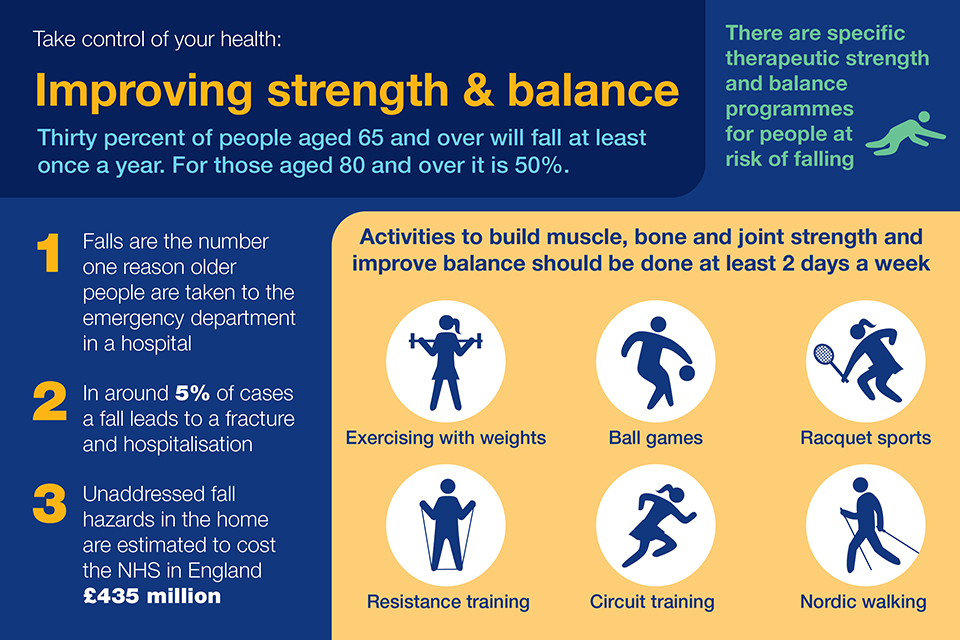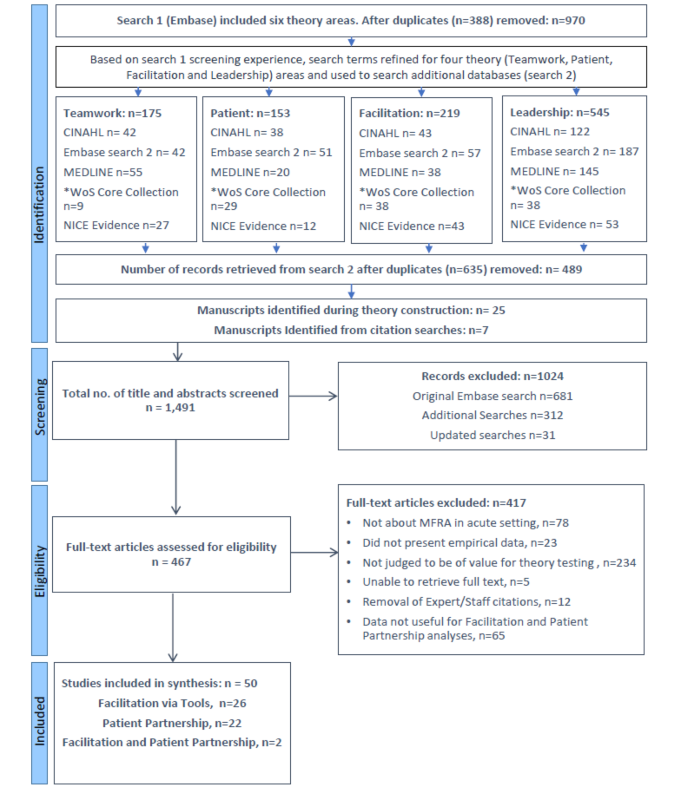Indicators on Dementia Fall Risk You Should Know
Indicators on Dementia Fall Risk You Should Know
Blog Article
The Facts About Dementia Fall Risk Revealed
Table of ContentsDementia Fall Risk Can Be Fun For EveryoneDementia Fall Risk Things To Know Before You BuyThe Best Strategy To Use For Dementia Fall RiskNot known Incorrect Statements About Dementia Fall Risk
A fall threat assessment checks to see how most likely it is that you will certainly drop. The evaluation typically includes: This consists of a series of questions about your overall wellness and if you have actually had previous falls or issues with equilibrium, standing, and/or walking.STEADI consists of testing, evaluating, and treatment. Treatments are suggestions that may reduce your risk of falling. STEADI consists of three actions: you for your risk of dropping for your danger aspects that can be boosted to try to avoid falls (as an example, balance issues, damaged vision) to lower your danger of dropping by using reliable techniques (for instance, supplying education and learning and resources), you may be asked a number of questions consisting of: Have you fallen in the past year? Do you feel unstable when standing or walking? Are you fretted regarding dropping?, your copyright will certainly check your stamina, balance, and stride, using the complying with loss evaluation tools: This examination checks your stride.
If it takes you 12 seconds or even more, it might imply you are at higher danger for a fall. This test checks toughness and equilibrium.
The placements will obtain tougher as you go. Stand with your feet side-by-side. Relocate one foot halfway ahead, so the instep is touching the big toe of your various other foot. Relocate one foot completely before the various other, so the toes are touching the heel of your other foot.
The Facts About Dementia Fall Risk Revealed
Most falls happen as an outcome of multiple contributing aspects; therefore, handling the danger of dropping starts with recognizing the factors that add to fall danger - Dementia Fall Risk. A few of one of the most pertinent threat variables consist of: Background of prior fallsChronic clinical conditionsAcute illnessImpaired stride and balance, lower extremity weaknessCognitive impairmentChanges in visionCertain risky medicines and polypharmacyEnvironmental aspects can also boost the danger for drops, consisting of: Poor lightingUneven or damaged flooringWet or slippery floorsMissing or harmed hand rails and get hold of barsDamaged or incorrectly equipped tools, such as beds, mobility devices, or walkersImproper use assistive devicesInadequate supervision of individuals residing in the NF, consisting of those who display hostile behaviorsA successful autumn danger administration program requires a complete professional analysis, with input from all members of the interdisciplinary team

The treatment strategy must likewise include interventions that are system-based, such as those that advertise a secure atmosphere (suitable lighting, handrails, grab bars, and so on). The efficiency of the interventions should be reviewed occasionally, and the care strategy changed as essential to mirror modifications in the autumn risk evaluation. Executing a fall threat monitoring system utilizing evidence-based best practice can lower the occurrence of falls in the NF, while restricting the potential for fall-related injuries.
The Definitive Guide to Dementia Fall Risk
The AGS/BGS standard recommends evaluating all grownups aged 65 years and older for loss risk every year. This screening contains asking patients whether they have dropped 2 or even more times in the past year or sought clinical attention for an autumn, or, if they have actually not fallen, whether they feel unsteady when strolling.
Individuals who have actually dropped as soon as without injury ought to have their equilibrium and gait examined; those with stride or balance irregularities need to receive added analysis. A history of 1 autumn without injury and without stride or equilibrium issues does not warrant more assessment beyond continued yearly loss risk screening. Dementia Fall Risk. An autumn danger analysis is required as part of the Welcome to Medicare evaluation

More About Dementia Fall Risk
Documenting a falls background is among the high quality signs for fall prevention and management. A crucial component of danger evaluation is a medication review. Numerous courses of medicines increase loss danger (Table 2). Psychoactive medications particularly are independent forecasters of falls. These medications often tend to be sedating, change the check my reference sensorium, and impair balance and stride.
Postural hypotension can frequently be reduced by reducing the dose of blood pressurelowering medications and/or quiting medications that have orthostatic hypotension as a negative effects. Use above-the-knee support pipe and copulating the head of the bed elevated might also decrease postural decreases in high blood pressure. The preferred aspects of look what i found a fall-focused physical evaluation are revealed in Box 1.

A pull time higher than or equal to 12 seconds suggests high autumn danger. The 30-Second Chair Stand examination evaluates reduced extremity toughness and balance. Being not able to stand from a chair of knee elevation without making use of one's arms shows enhanced loss danger. The 4-Stage Equilibrium test evaluates fixed equilibrium by having the patient stand in 4 placements, each gradually more tough.
Report this page